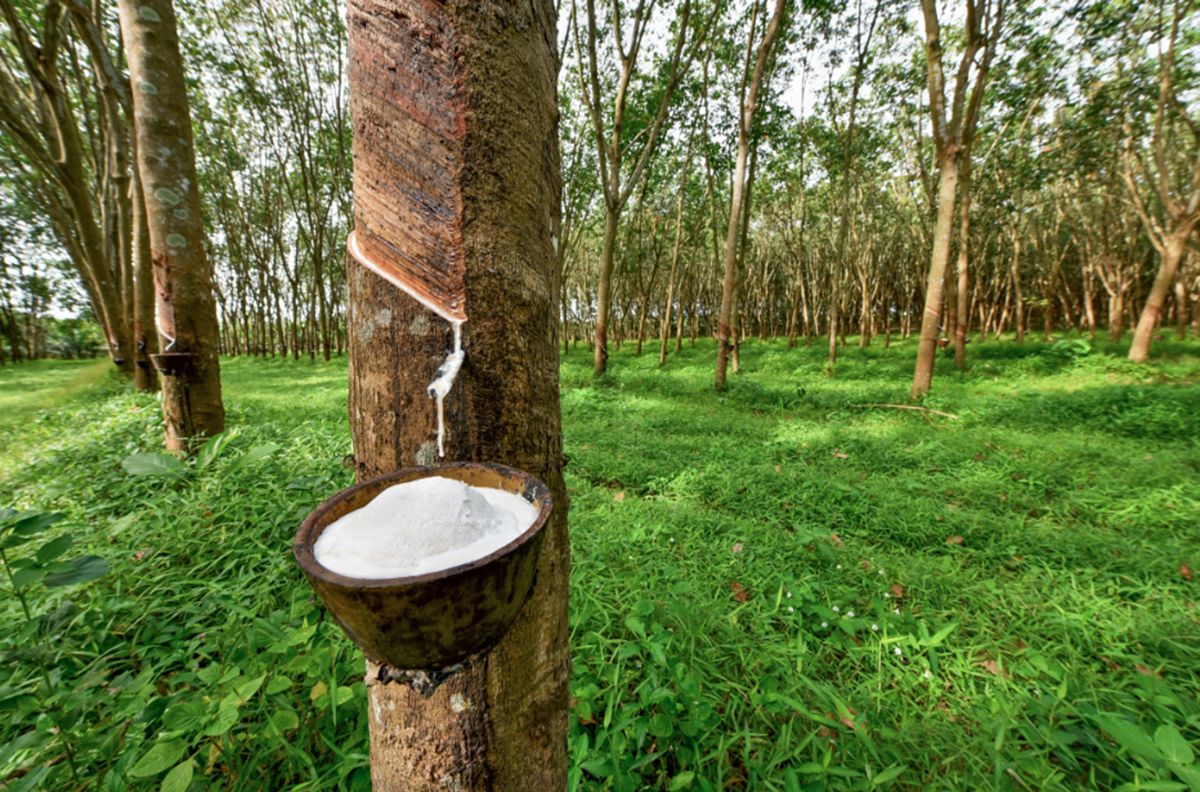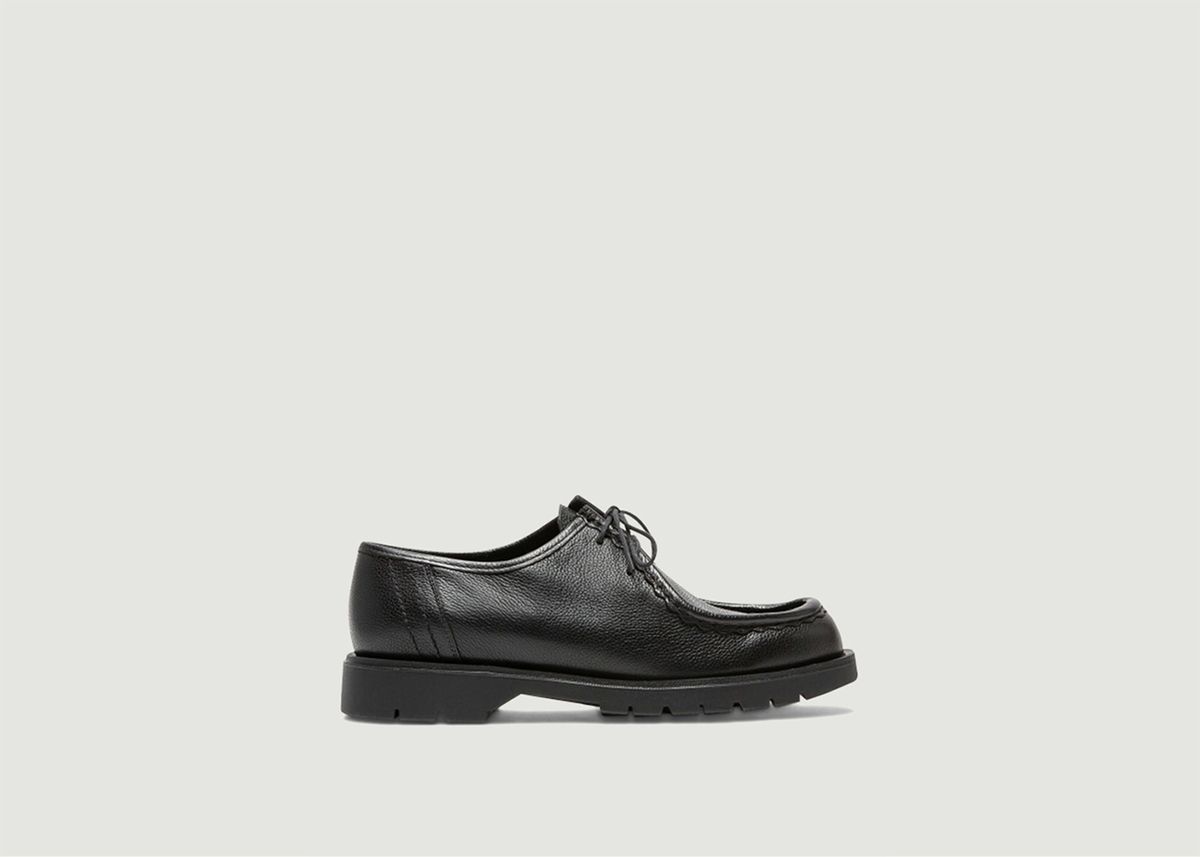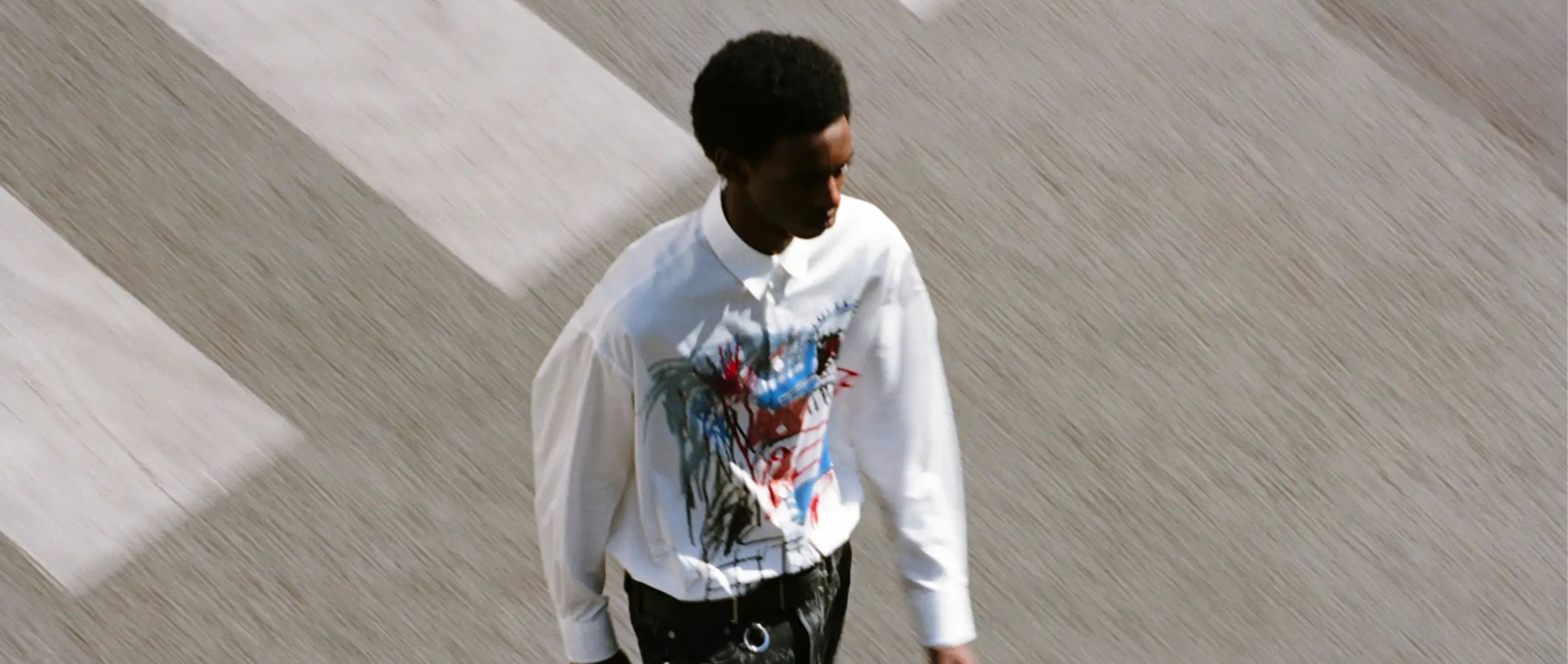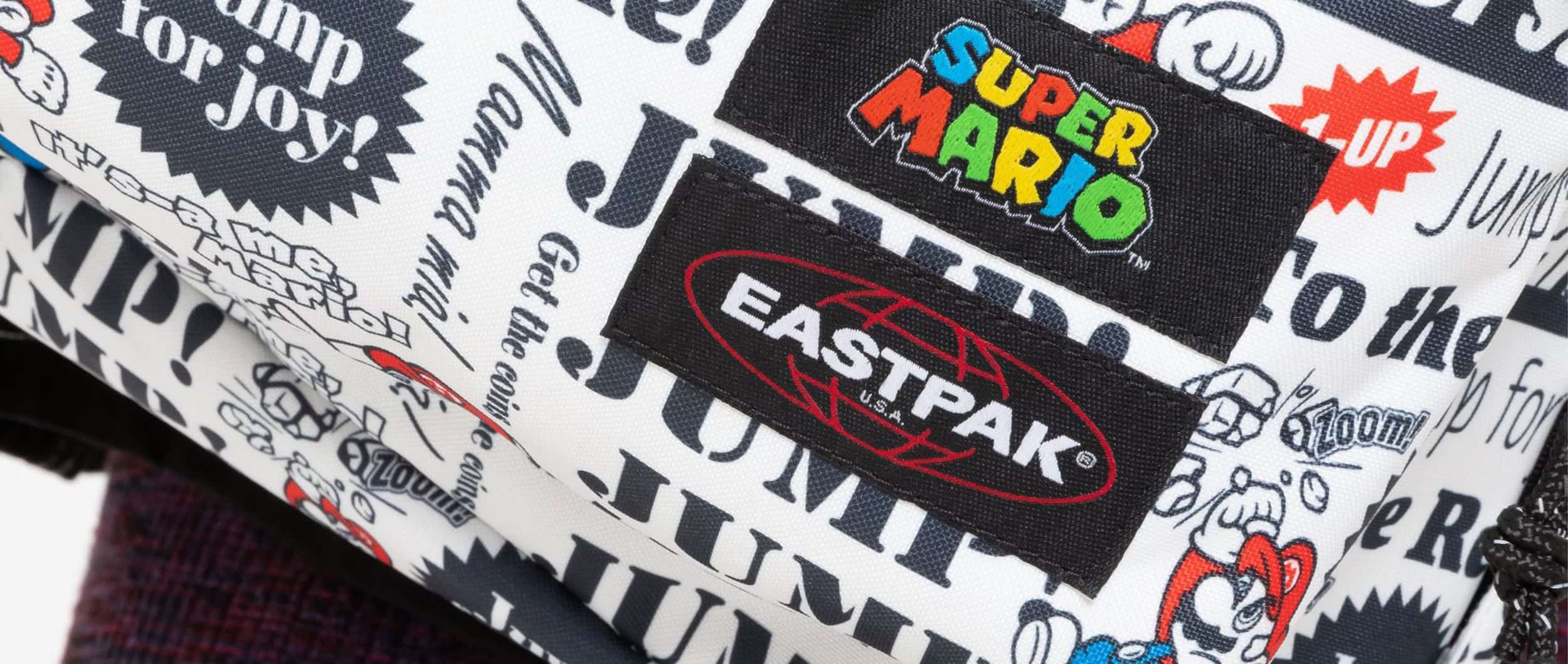What is rubber?
Rubber is a natural or synthetic material with an elastic texture that is used in many sectors, mainly automotive, construction, sports, medicine, and also textiles. It is best known for its unique properties of durability, elasticity and waterproofing. It plays an important role in fashion, notably in the manufacture of accessories (belts, bags, jewelry, elastics), shoes and waterproof clothing.
Where does rubber come from?
Rubber can come from several sources, as we distinguish between natural rubber, synthetic rubber and recycled rubber.
- Natural rubber:
Natural rubber is extracted from rubber trees such as hevea brasiliensis or ficus elastica. The trees are incised to collect a milky liquid: latex, which is then transformed into solid rubber. The regions producing this material are located in Southeast Asia, Africa and South America.
- Synthetic rubber:
Synthetic rubber is made from crude oil, refined petroleum or other hydrocarbon sources. There are various manufacturing processes to produce synthetic rubber, such as the polymerization of styrene-butadiene, isoprene or chloroprene. It is often used as an alternative to natural rubber.
- Recycled rubber:
Recycled rubber is a material obtained from used tires and other end-of-life rubber products. Recycling rubber has a number of environmental benefits, as it reduces waste by reclaiming existing materials. In the fashion industry, it is often used to design shoe soles.

Rubber producing and exporting countries
The main producers of natural rubber are from Southeast Asia. Thailand is the leading producer, with vast rubber plantations. Closely followed by Indonesia, Vietnam, Malaysia, India and Cambodia. Other natural rubber-producing countries include Côte d'Ivoire, Sri Lanka, Nigeria, Liberia and Brazil.
Synthetic rubber production is more evenly distributed on a global scale, with countries such as the USA, China, Russia and Germany involved in the creation of synthetic rubber.
Processing of recycled rubber
Rubber recycling involves several stages:
- Collection:recovery of used rubber products from private individuals, professionals or specific collection sites.
- Sorting and preparation: products are sorted to separate unwanted materials (steel wires, textiles...), some products require additional preparation, this is the case for tires which are cut into smaller pieces.
- Grinding and granulation: products are ground into pieces, this process is carried out either mechanically or chemically. The crushed rubber is then processed into granules to obtain a uniform particle size.
- Cleaning: the granules are cleaned to remove impurities (dust, contaminants, adhesive residues) - Vulcanization: the process of vulcanizing rubber involves restoring its elastic properties and durability. Vulcanizing agents are added by exposing the rubber to heat and pressure.
- End use:then treated and cleaned recycled rubber can be used in the manufacture of various products such as shoe soles and the like, which are then molded into the desired shape.
Other rubber recycling methods include micronization and prolypse.

Is rubber compatible with ethical and responsible fashion?
Rubber can play a role in the sustainable fashion industry provided the material is used responsibly, taking social and environmental aspects into account throughout its life cycle.
- Natural rubber: could be more ethical and responsible if it wasn't the cause of massive deforestation in Southeast Asia . It has to come from responsible sources, such as FSC (Forest Stewardship Council) labeled products.
- Synthetic rubber: this type of rubber is highly polluting because it comes from hydrocarbons, their combustion is disastrous for the environment, as is their extraction, which affects biodiversity, so it should be avoided as much as possible.
- Recycled rubber:this is the best alternative if you want to use rubber. In fact, 70 % of recycled rubber comes from used tires, industrial waste or manufacturing offcuts. This material limits the waste and depletion of natural resources and avoids the use of petroleum products, which are very harmful to the environment. More and more ethical fashion brands are turning to recycled rubber, so it's up to you!

How to care for rubber
There are several techniques for caring for your rubber items. Opt for cleaning with lukewarm water and mild soap, avoiding the use of aggressive chemicals that could damage the product. Prefer proper storage, avoid direct sunlight, extreme temperatures, these factors could prematurely alter your product.
Discover our women's rubber shoe selectionDiscover our men's rubber shoe selection






J'aime les propositions qui sortent du standard
Avis du 08/02/2025, suite à une expérience du 28/01/2025 par Hélène B